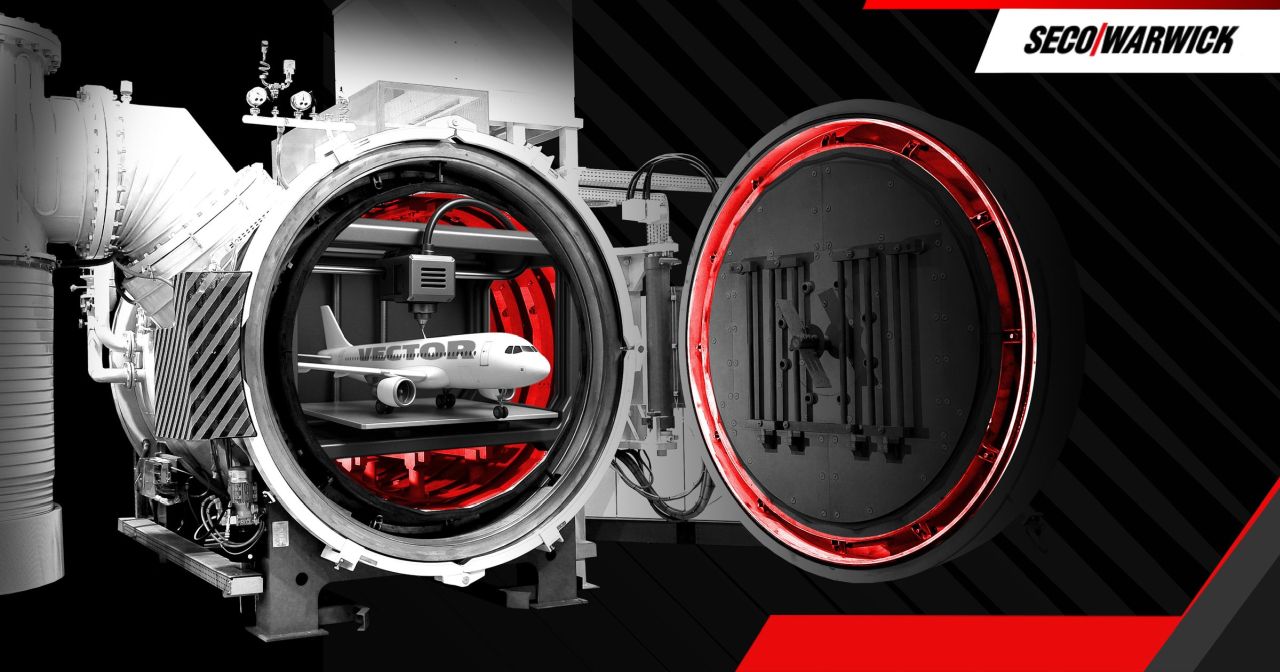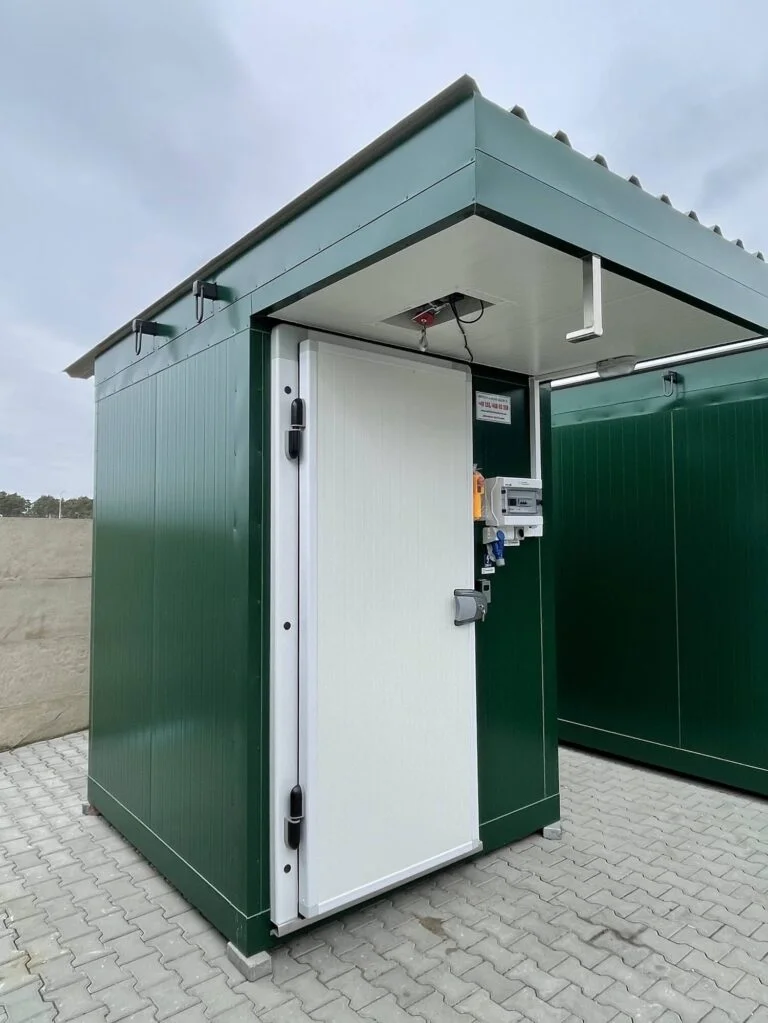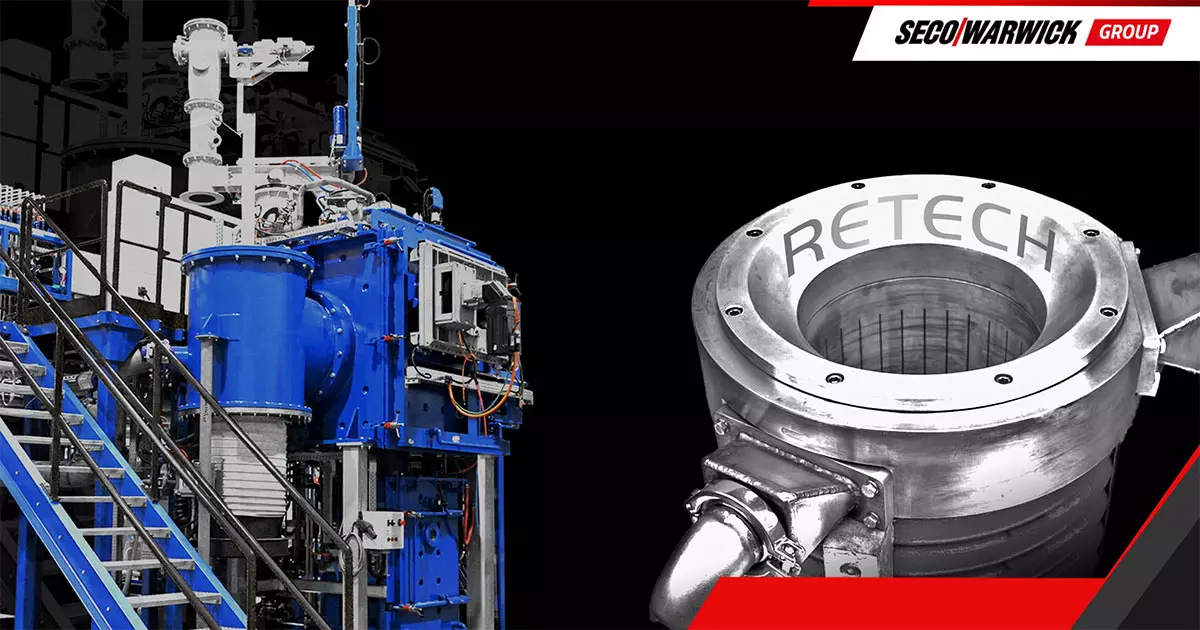History of the Polish audio industry – from its beginnings to modern innovations
Poland has a rich and fascinating history in the audio industry, dating back to the early post-war years. From humble beginnings to modern, innovative companies such as Diora Acoustics, the Polish audio industry has come a long way. Let’s take a look at the key moments and achievements in this fascinating journey.
Beginnings (1940s and 1950s)
Shortly after the Second World War, Poland began to rebuild its industry, including its electronics sector. During this period, the first plants producing radio equipment were established:
-
1945 – Establishment of the State Radio Receiver Factory in Dzierżoniów (later Diora).
-
1947 – Establishment of the Marcin Kasprzak Radio Works in Warsaw.
These pioneering companies mainly focused on the production of simple radio receivers, meeting the growing demand for access to information and entertainment.
Development and innovation (1960s and 1970s)
During this period, the Polish audio industry began to develop rapidly:
-
1962 – Diora launches the first Polish colour television set.
-
1969 – Establishment of the Unitra brand, bringing together a number of electronics plants.
-
1974 – Launch of the first Polish stereo tape recorder by Unitra.
It was a time when Polish audio products began to gain recognition not only at home, but also abroad. Many devices were exported to Eastern Bloc countries and beyond.
Golden era of Polish audio (1980s)
The 1980s was a period when the Polish audio industry reached its peak:
-
1980 – Launch of the iconic ZK 140T tape recorder by Unitra.
-
1985 – The debut of the first Polish CD player, manufactured by Fonica.
-
1988 – Premiere of advanced Tonsil loudspeakers.
During this time, Polish audio products enjoyed great popularity and recognition, competing with Western brands in terms of quality and innovation.
Transformation and challenges (1990s and early 2000s)
The fall of communism and the opening of the market to foreign competition brought many challenges:
-
1992 – Privatisation of a number of state-owned electronics plants.
-
1995 – Collapse of some well-known brands, such as Kasprzak.
-
2000 – The emergence of new private audio companies focusing on high-quality niche products.
This period was difficult for the Polish audio industry, but at the same time it opened up new opportunities for innovative entrepreneurs.
Contemporary revival (2010 to present)
The last decade has seen a revival of the Polish audio industry:
-
2010 – Emergence of new, innovative audio companies focusing on high-end products.
-
2015 – Polish audio companies begin to win international awards and recognition.
-
2020 – Diora Acoustics continues its tradition of excellence with the launch of high-tech loudspeakers.
Contemporary Polish audio companies, such as Diora Acoustics, combine long-standing traditions with modern technologies to create products that compete with the world’s top brands.
Summary
The history of the Polish audio industry is a story of passion, innovation and determination. From its humble beginnings in post-war Poland, through the golden era of the 1980s, to its modern revival, the Polish audio industry has continually evolved and adapted to changing conditions.
Today’s Polish audio companies, continuing this rich tradition, are creating products that not only match global standards, but often surpass them. The future of the Polish audio industry looks promising, with companies such as Diora Acoustics at the forefront, combining the heritage of the past with the innovations of the future.









